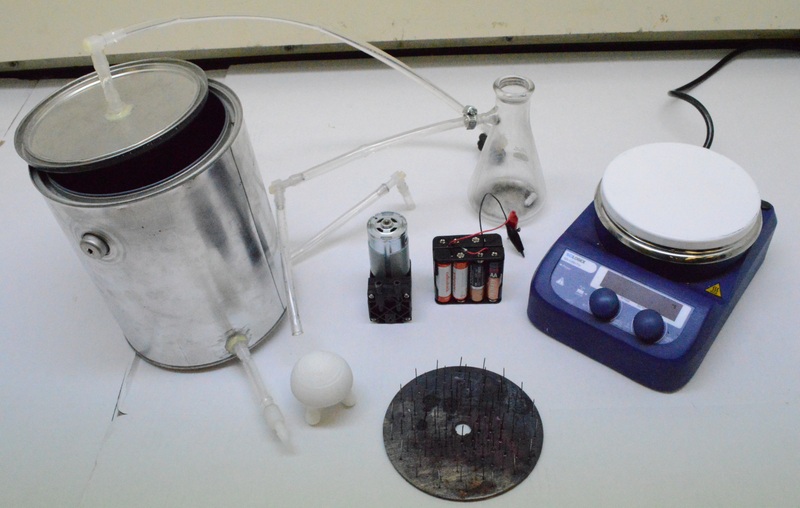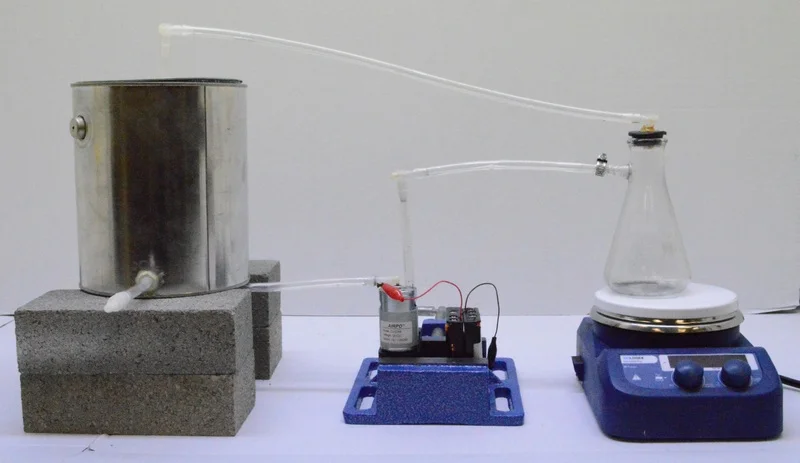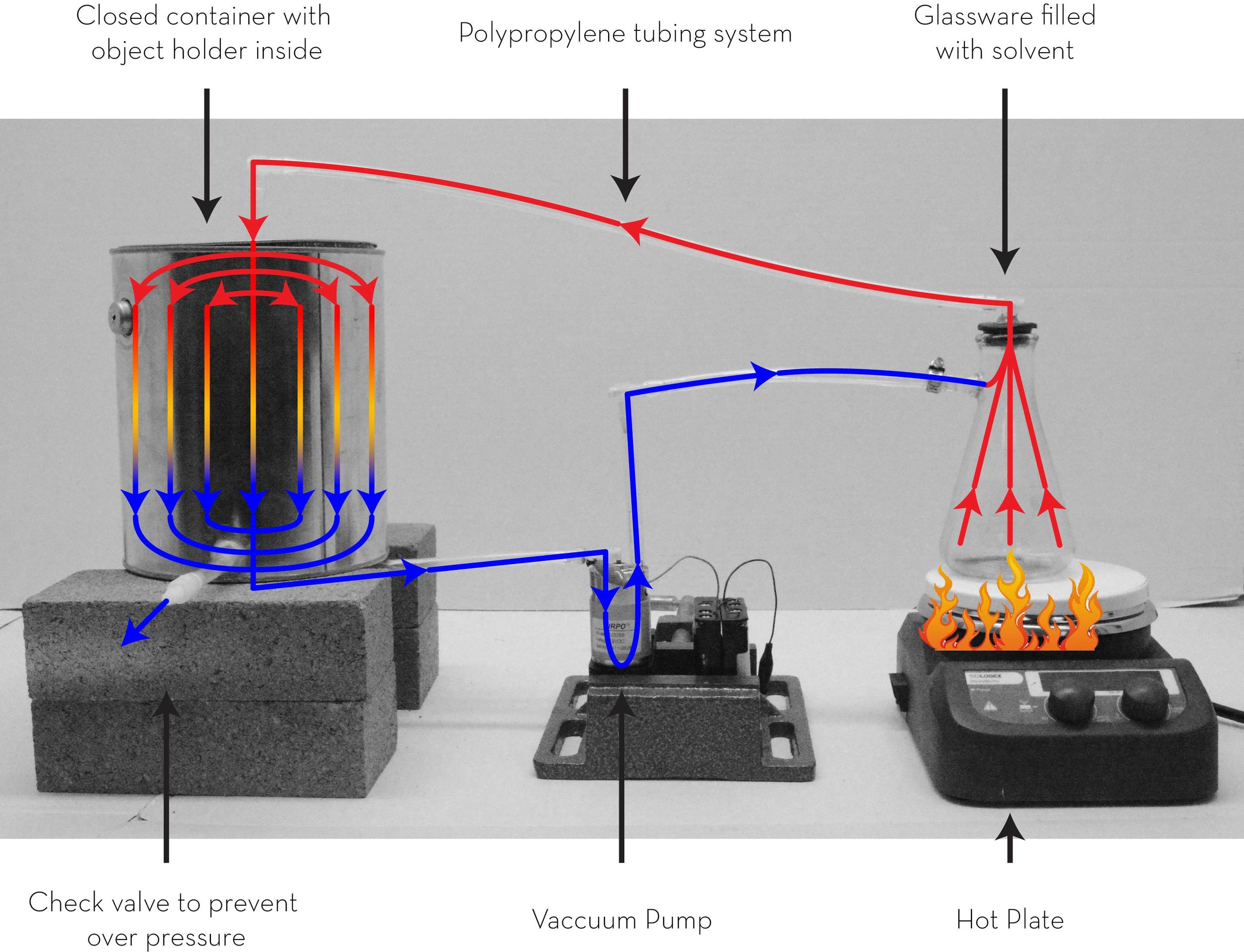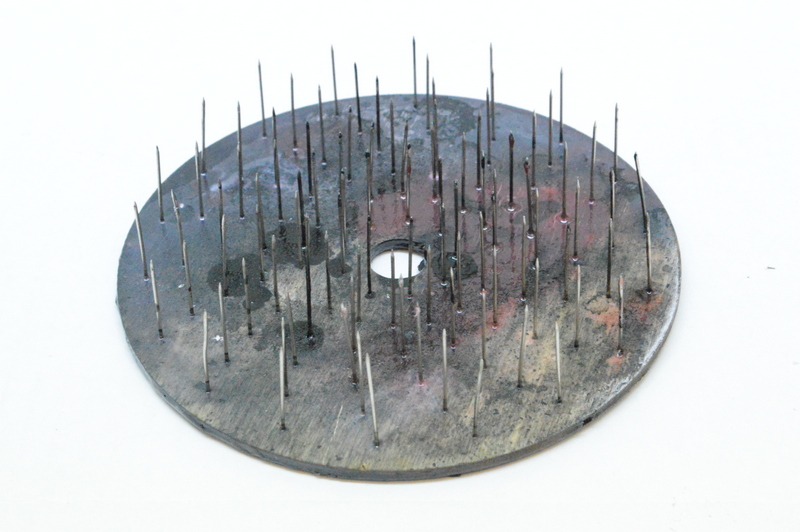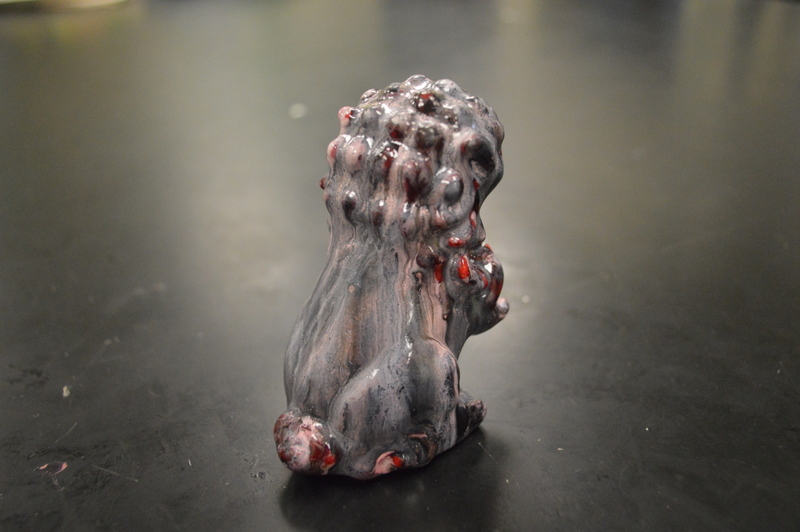Educators: click on project titles for downloads. I have not reviewed these files in over 8 years, so reach out for assistance.
I created the following projects during my time with the Stanford Graduate School of Education and Dr. Paulo Blikstein. Great people, you should check both out. Credit goes to both entities.





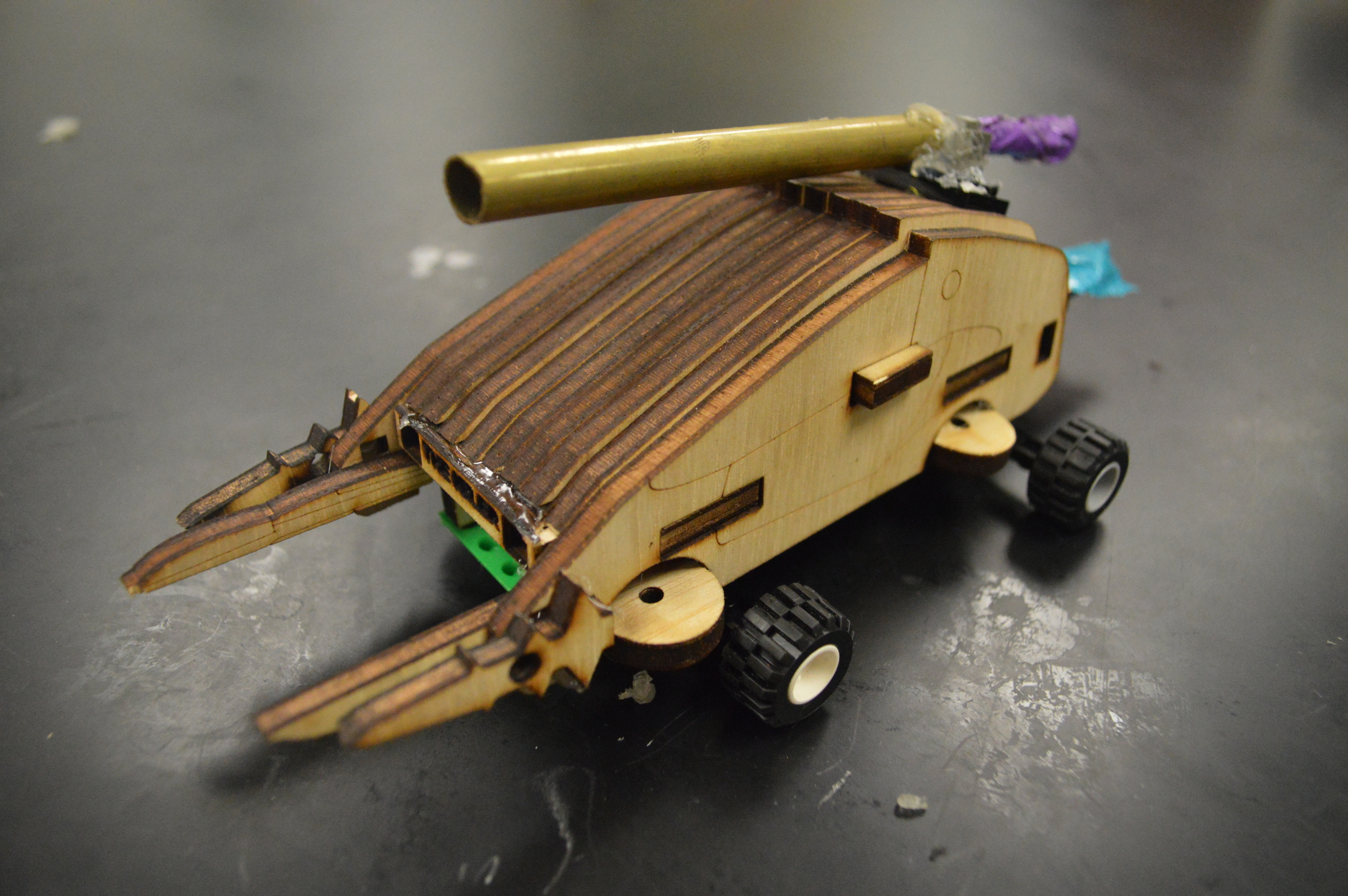


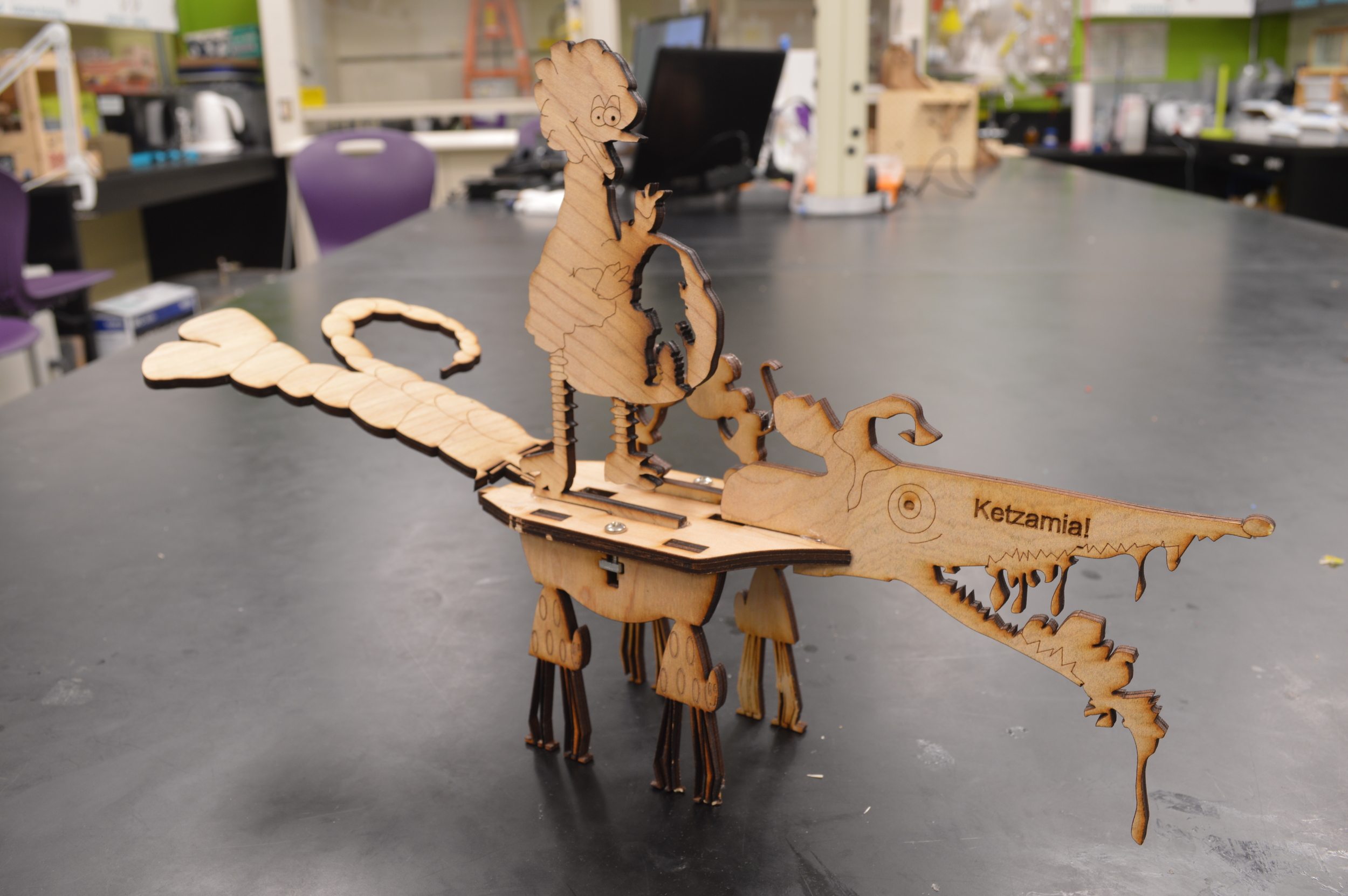

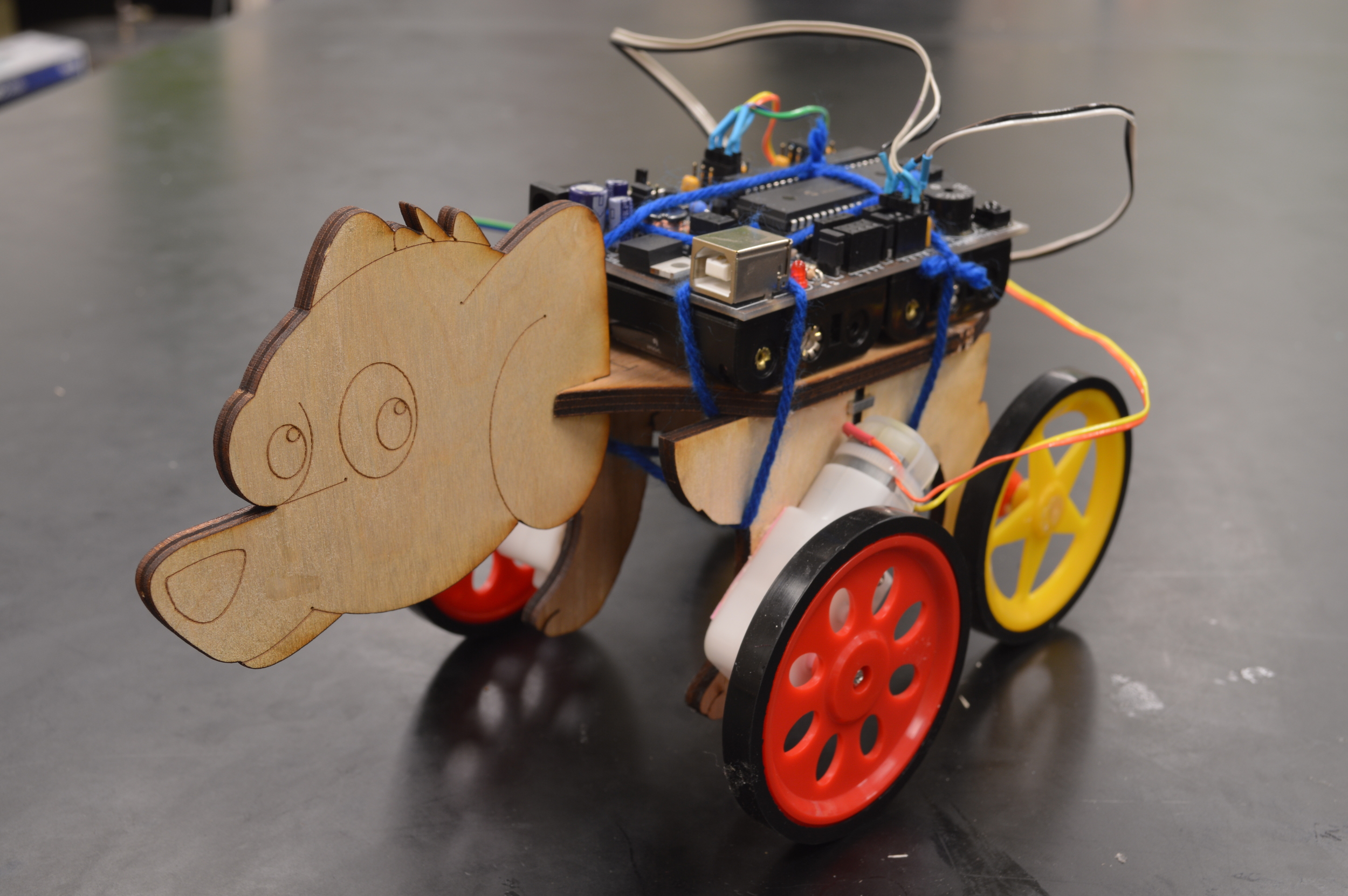

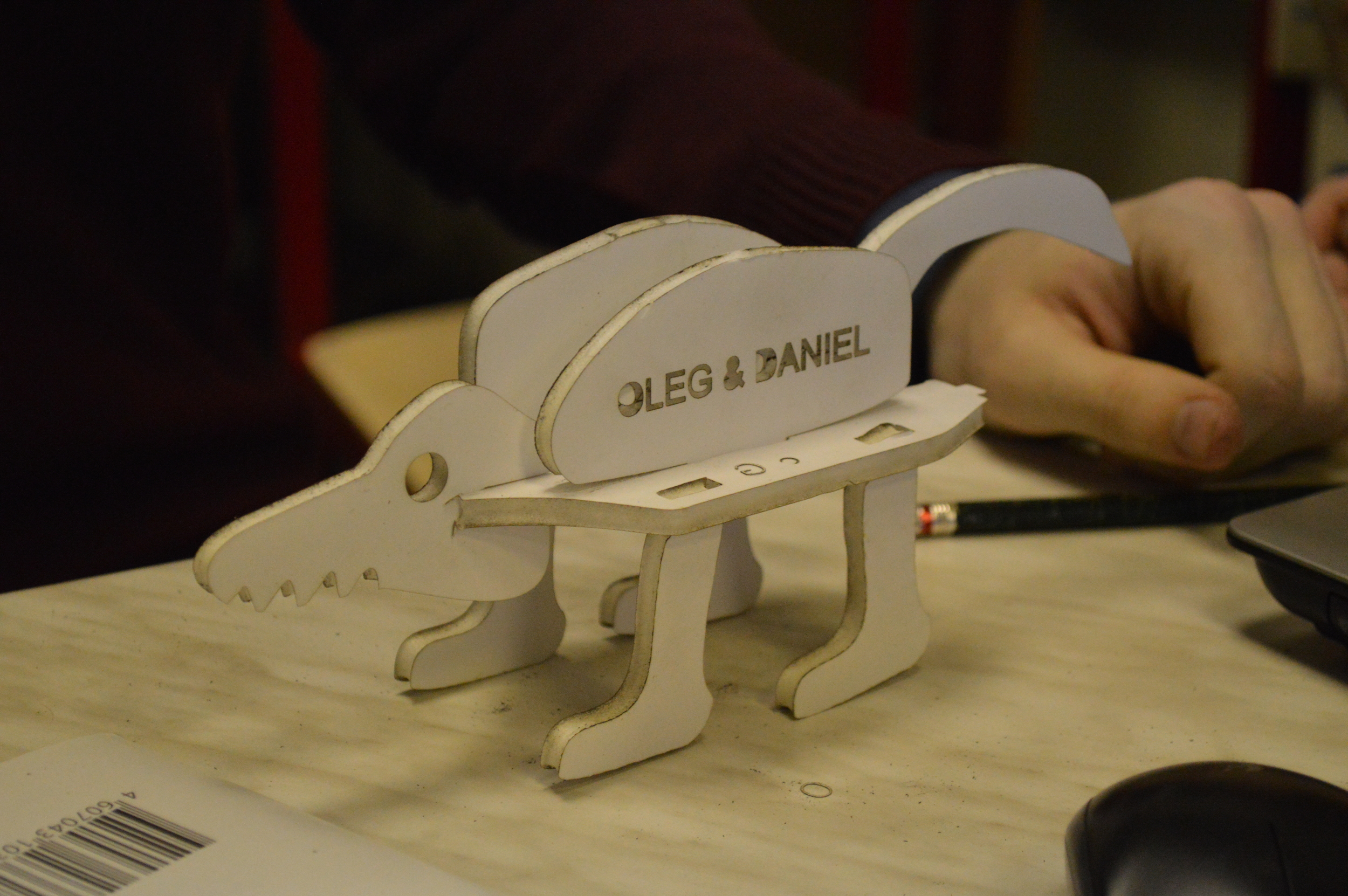

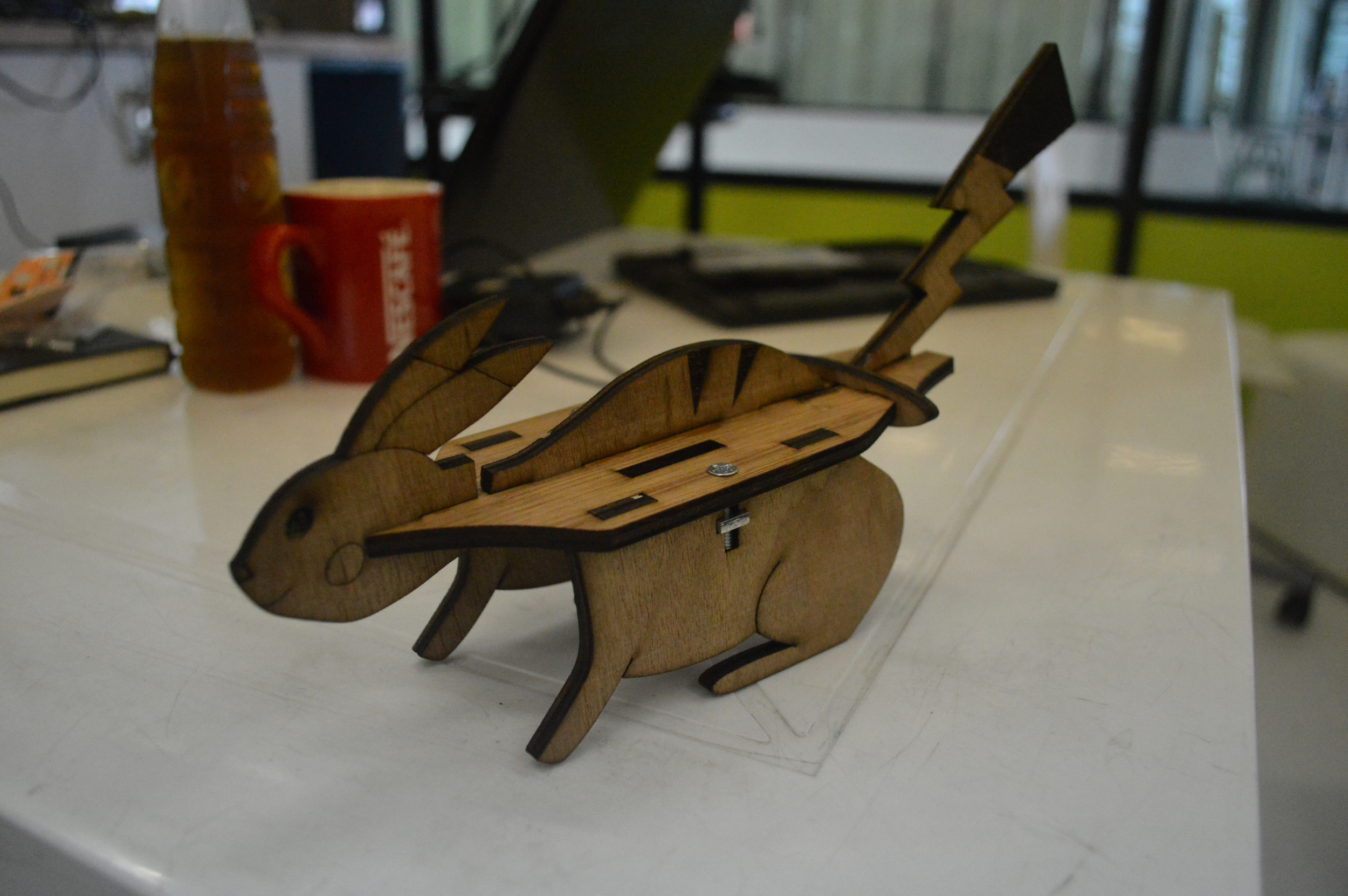
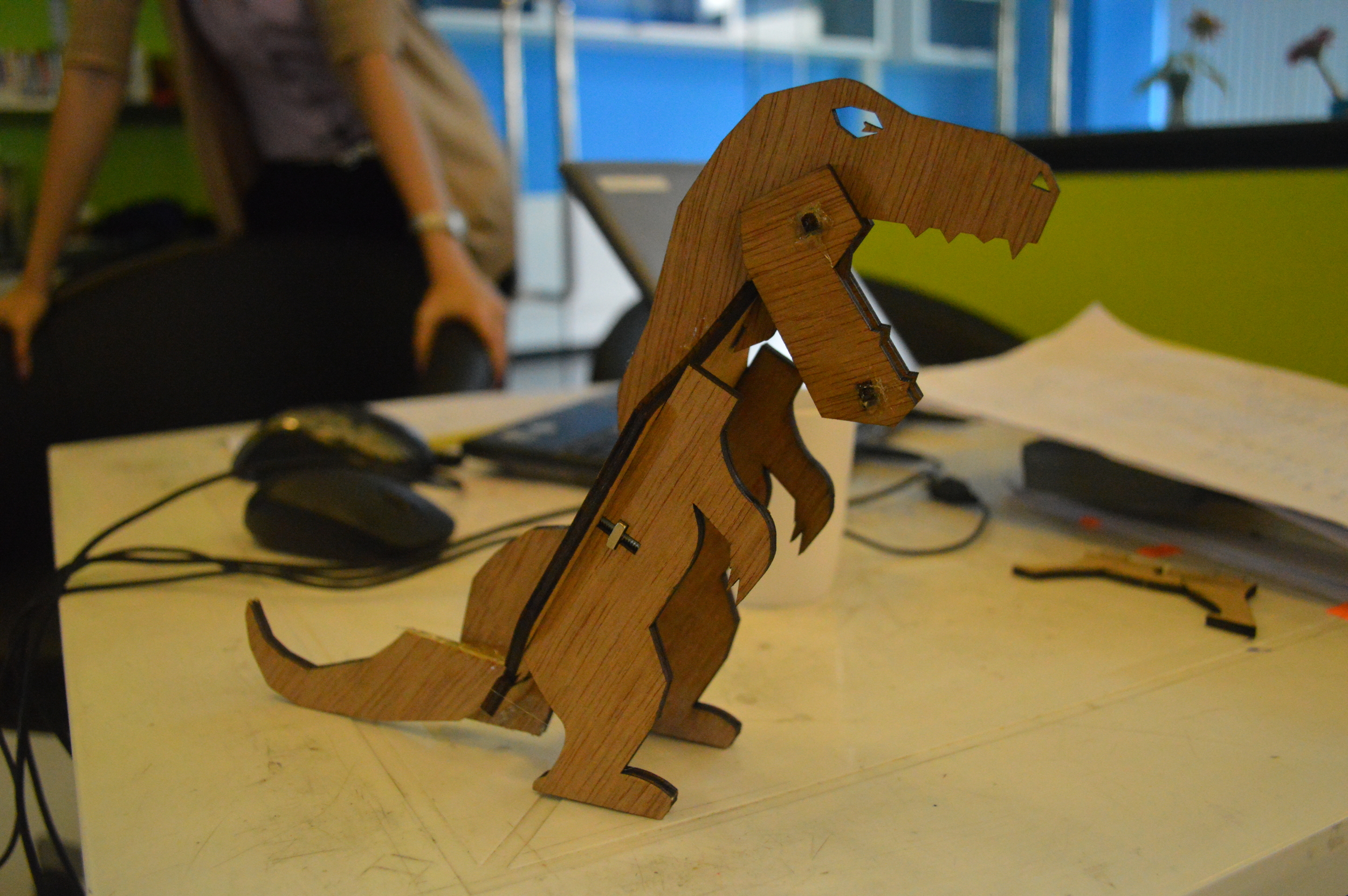

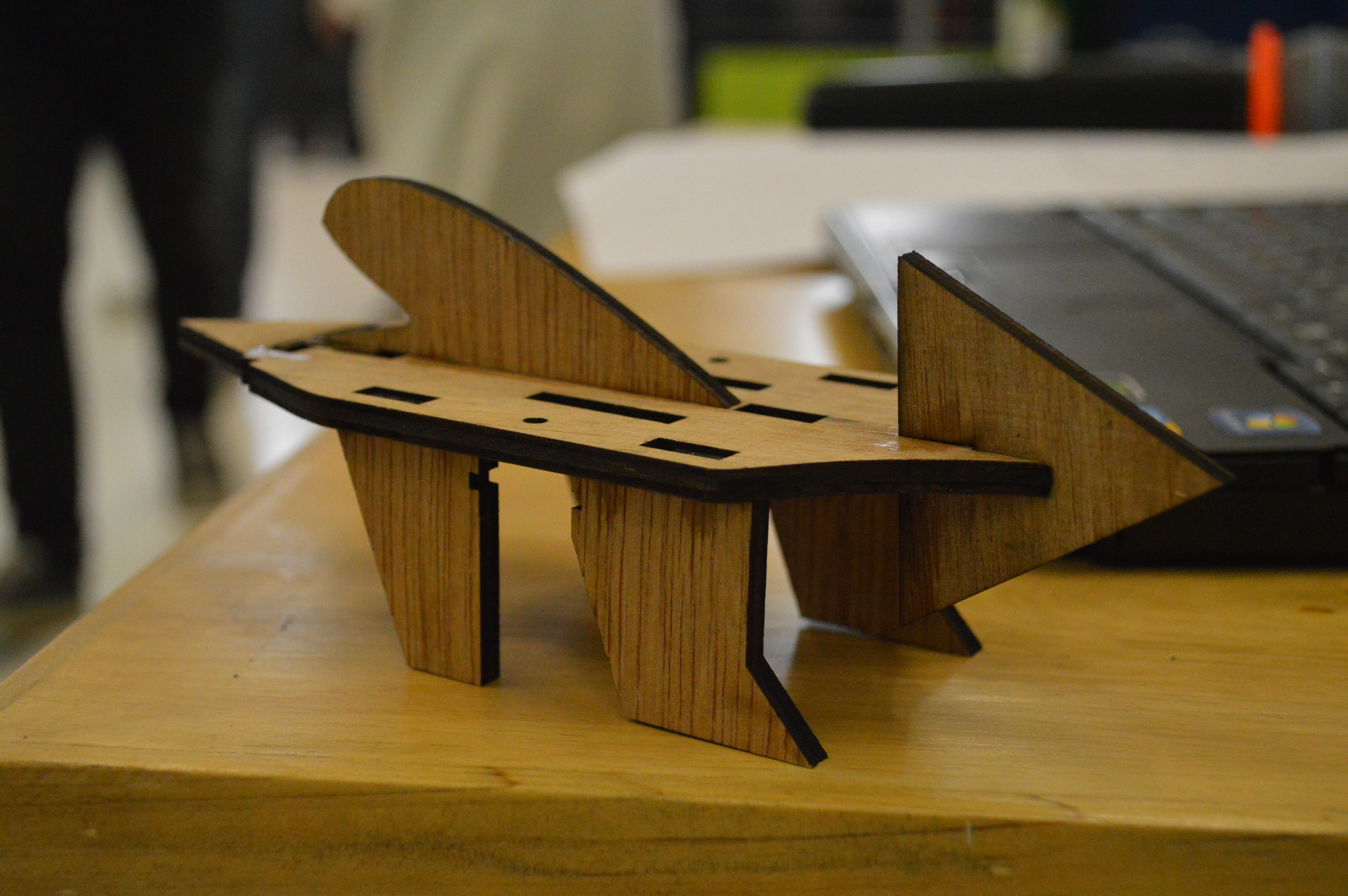
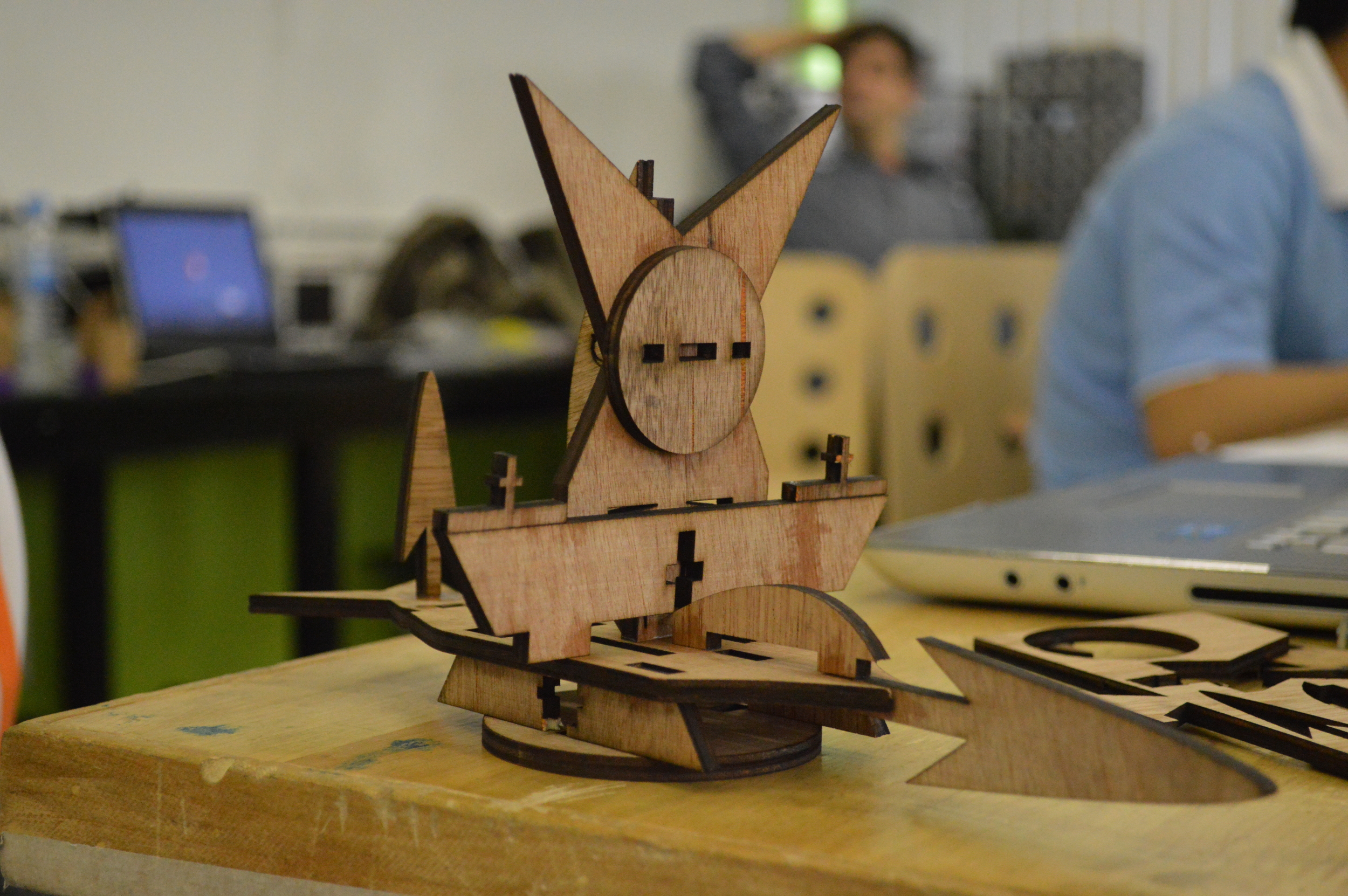
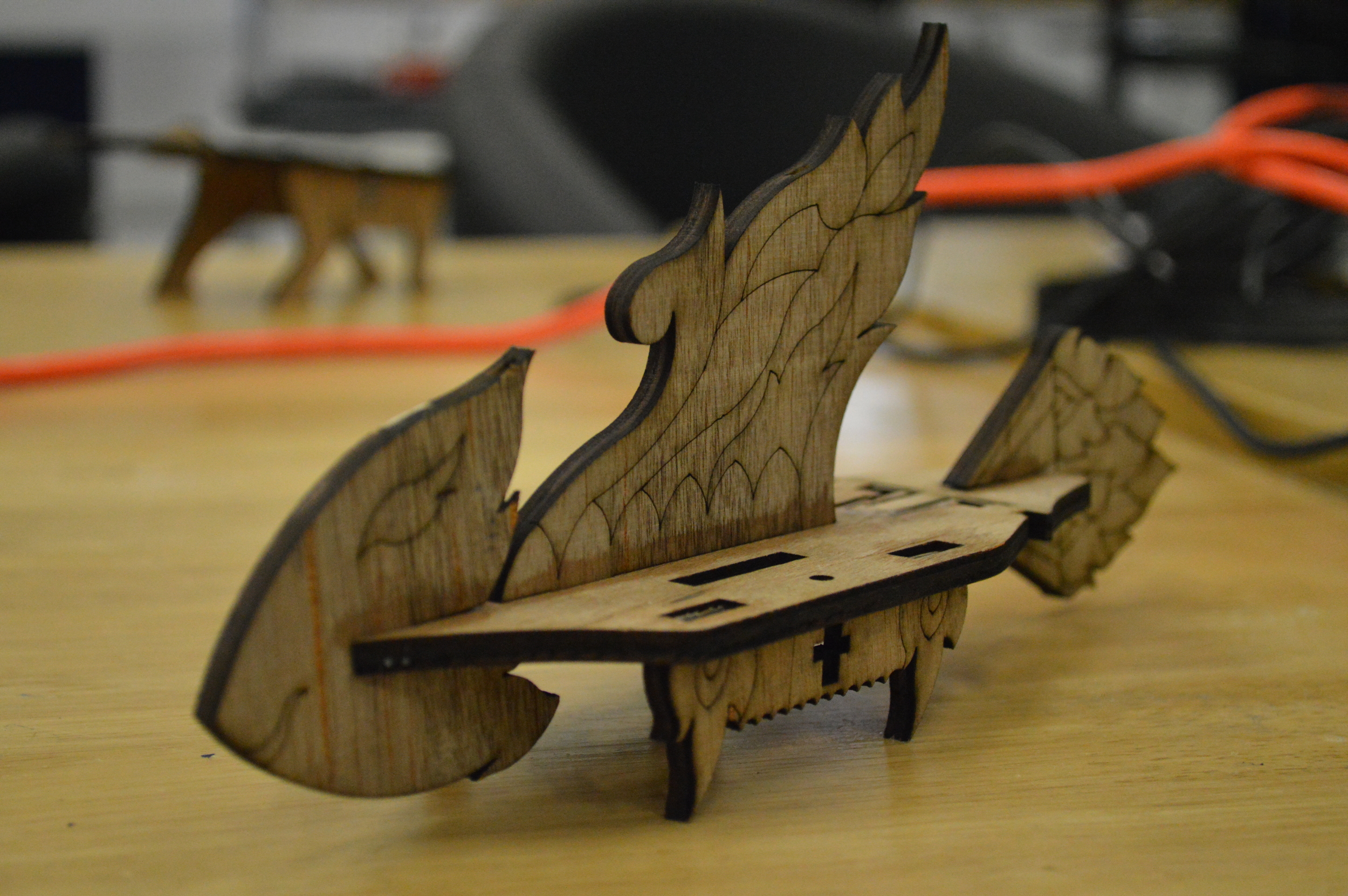
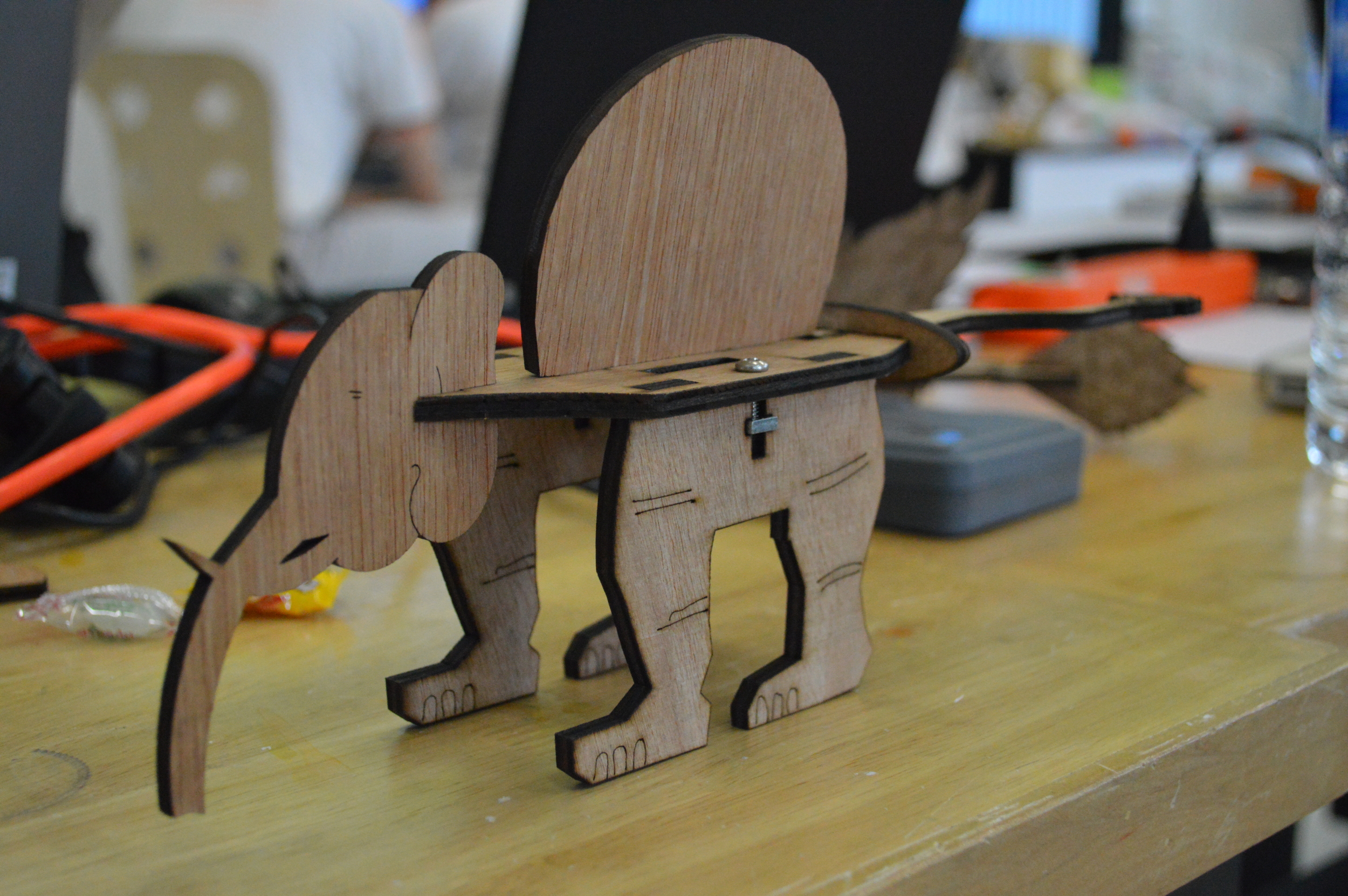
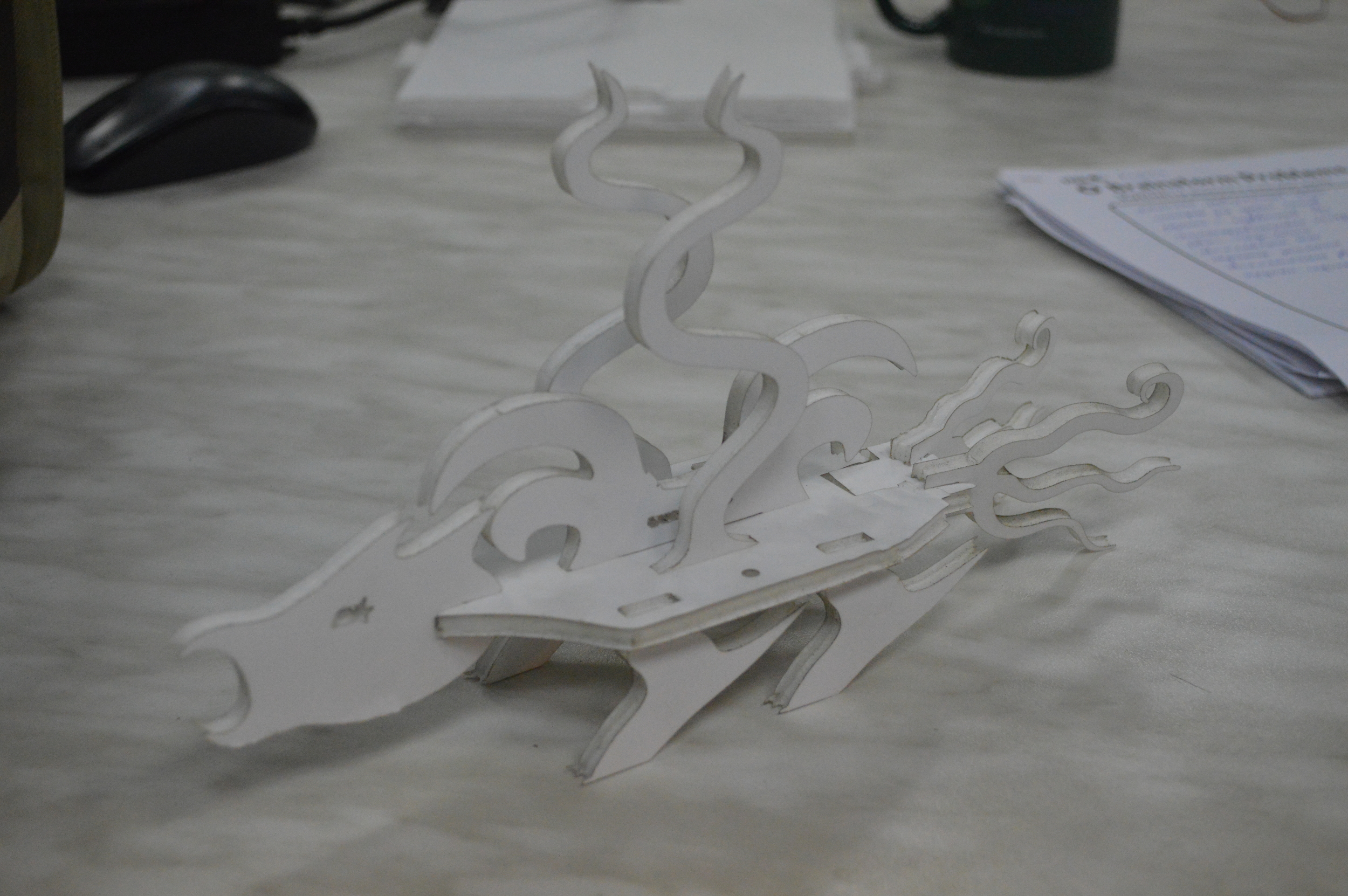

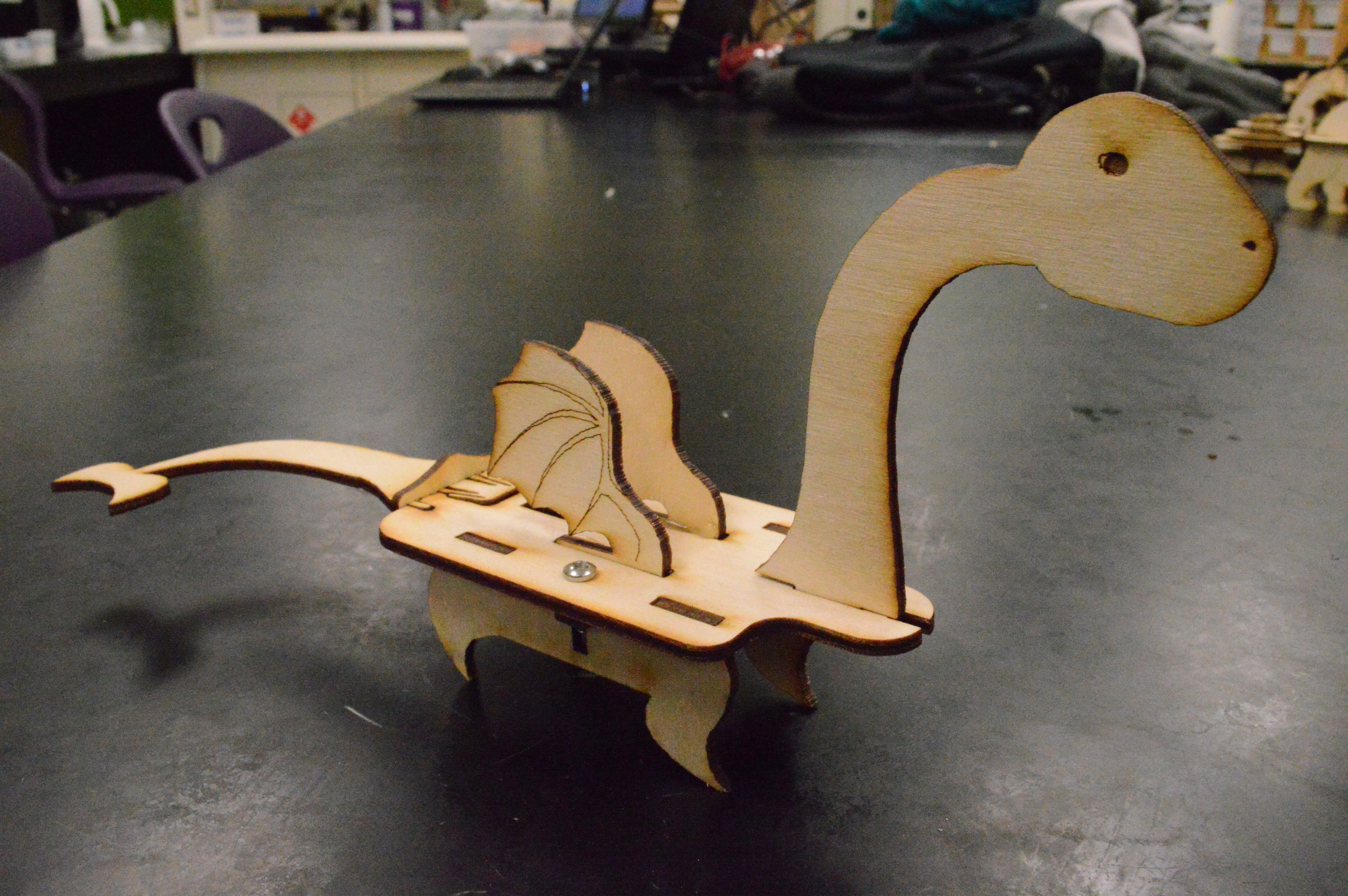
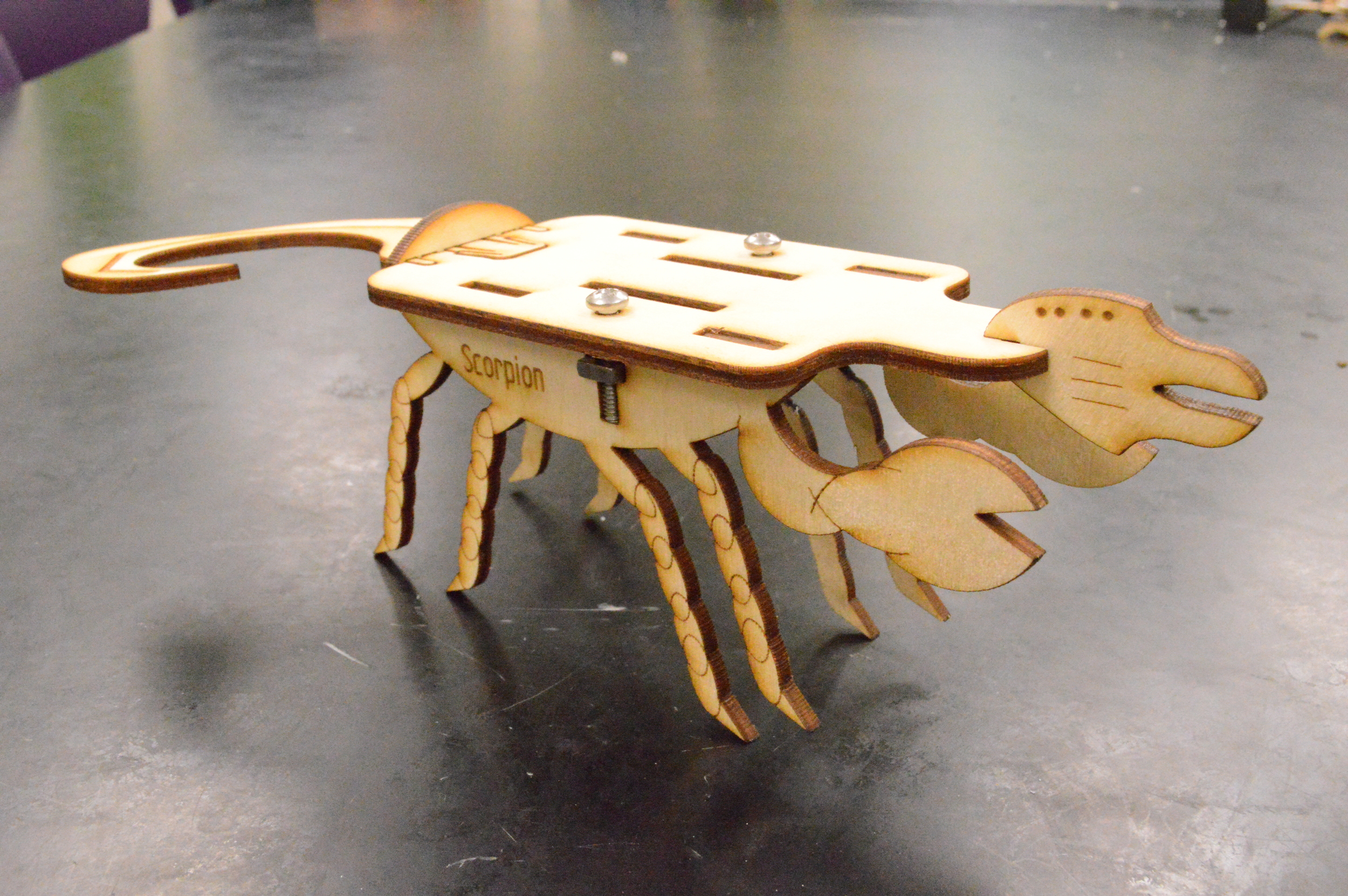
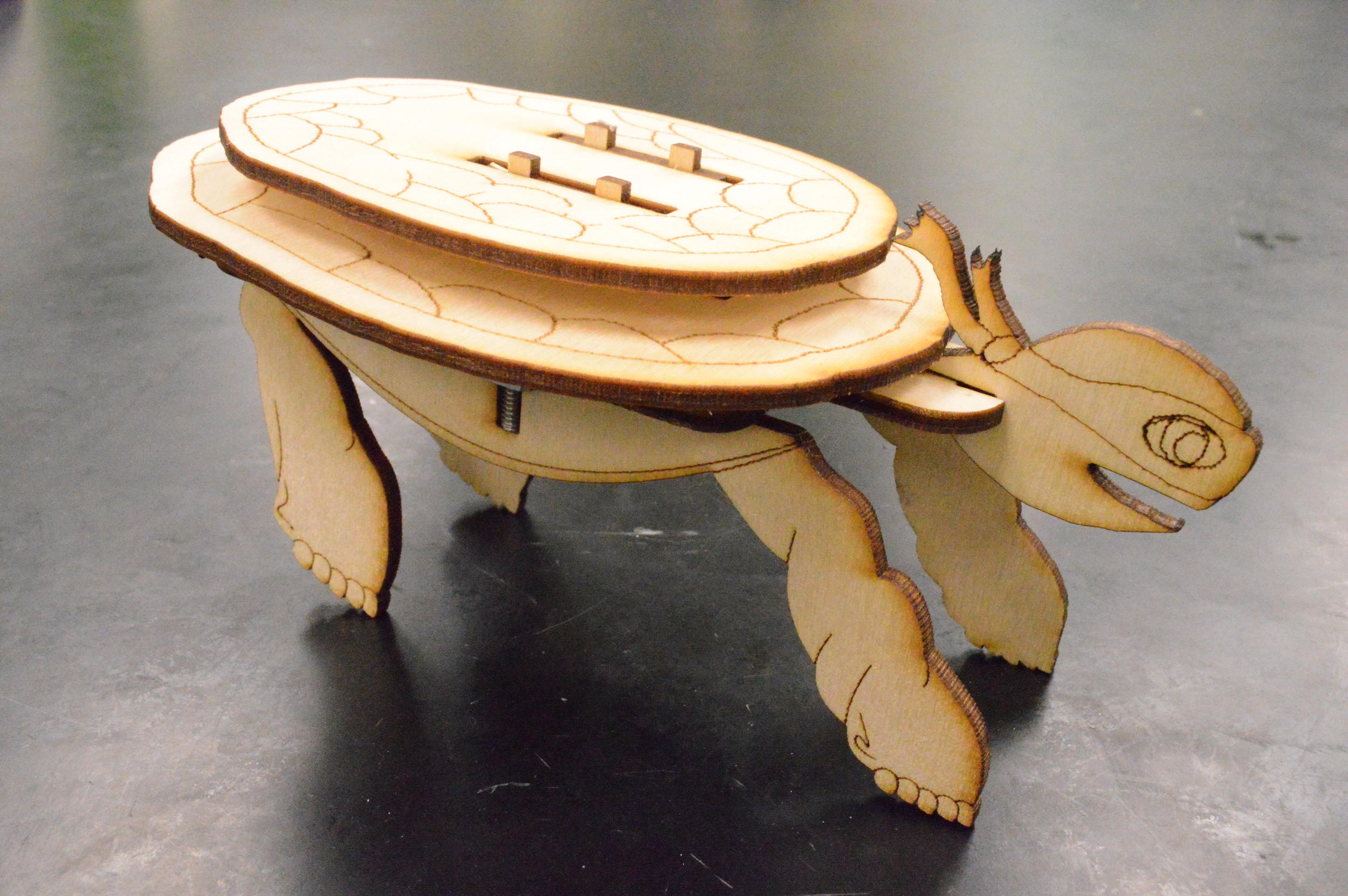

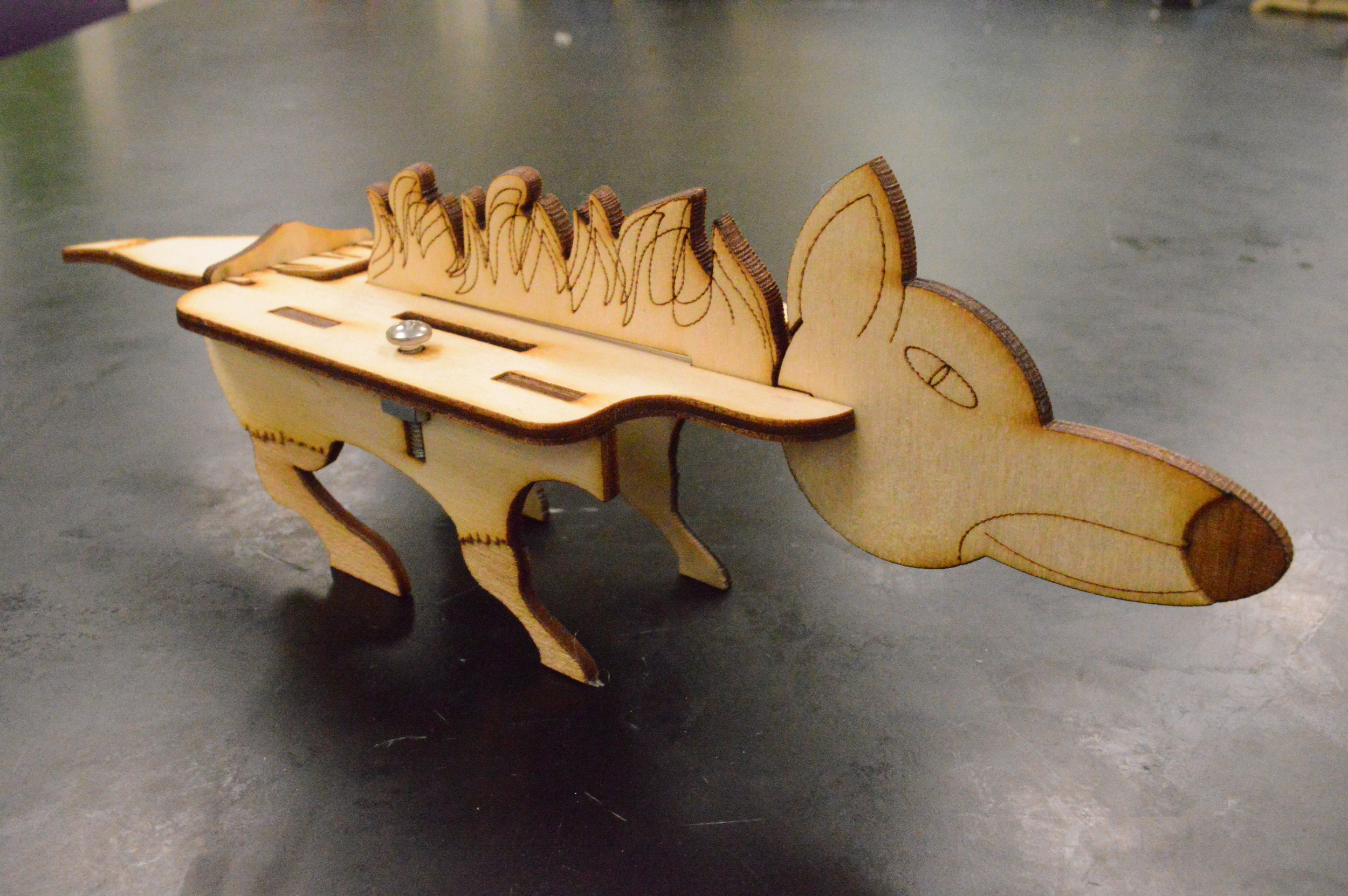
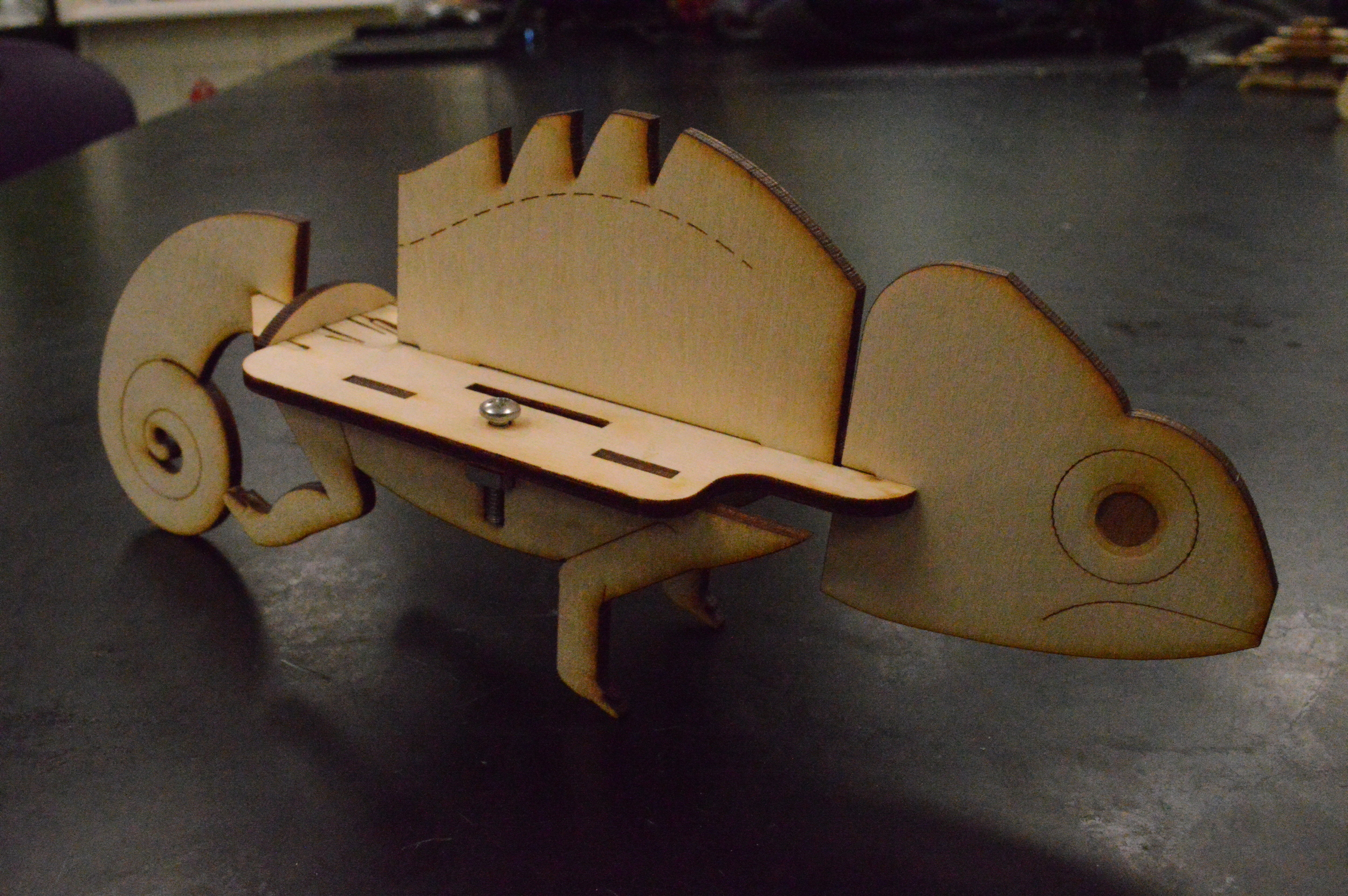
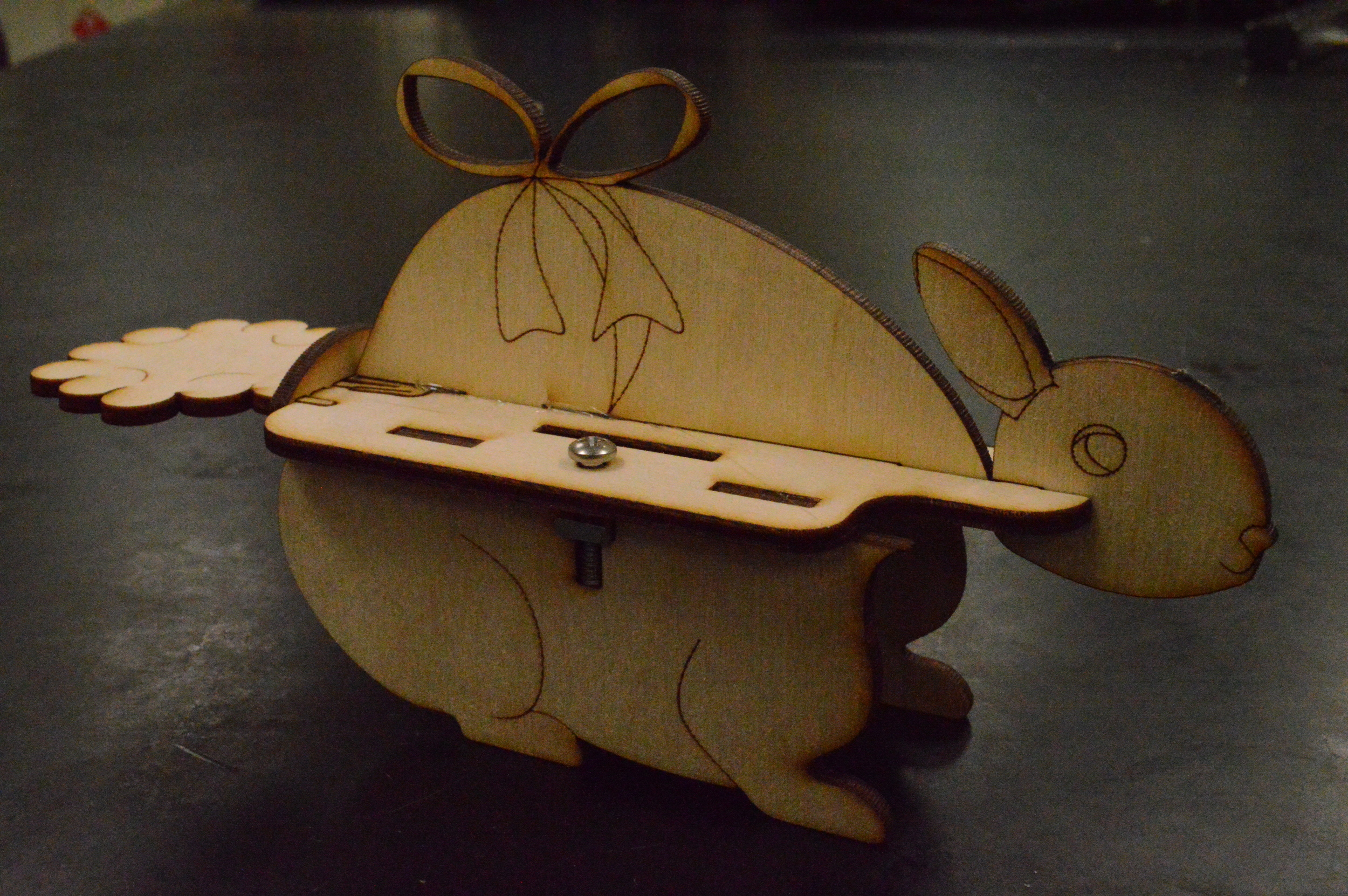
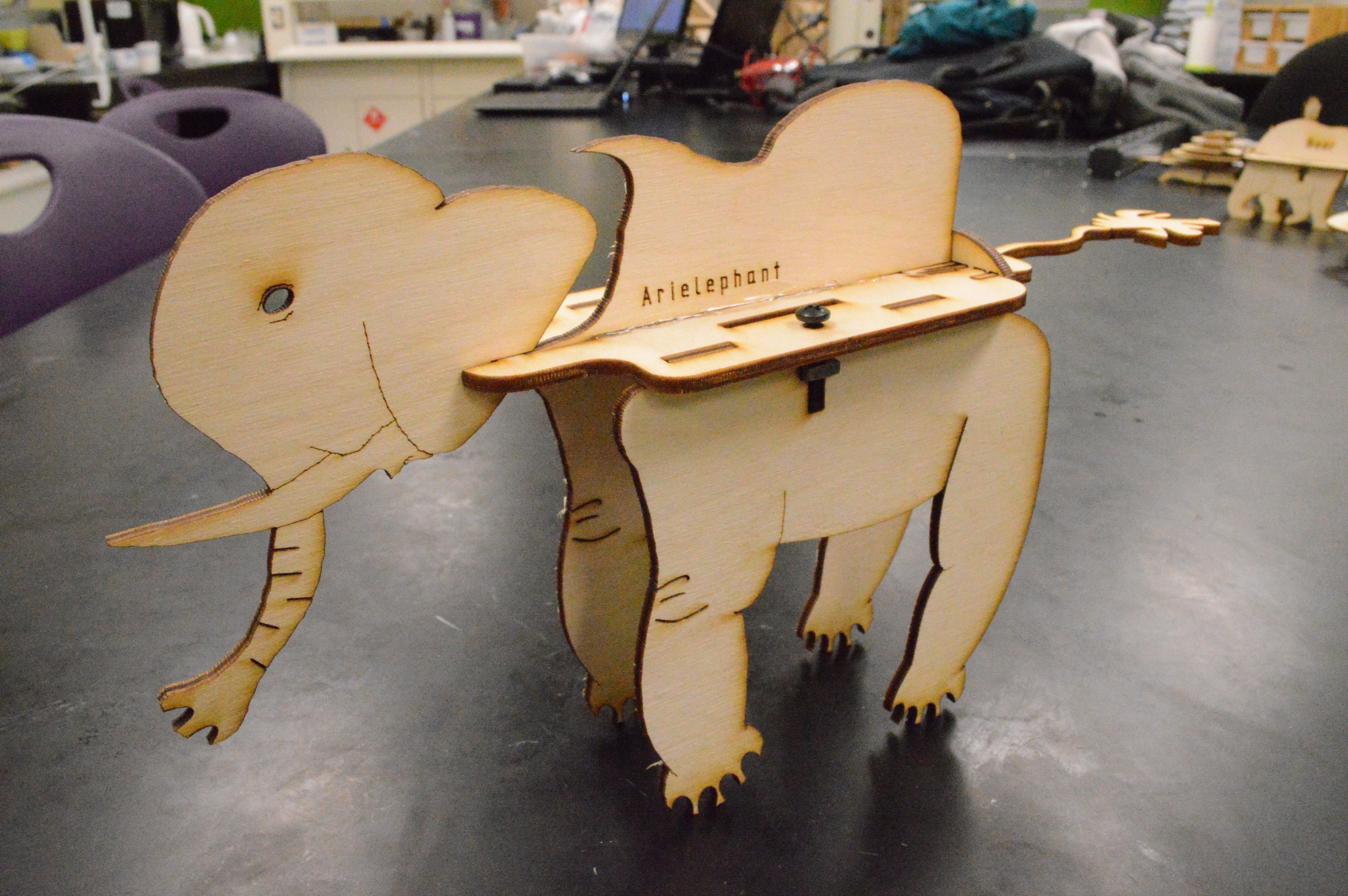
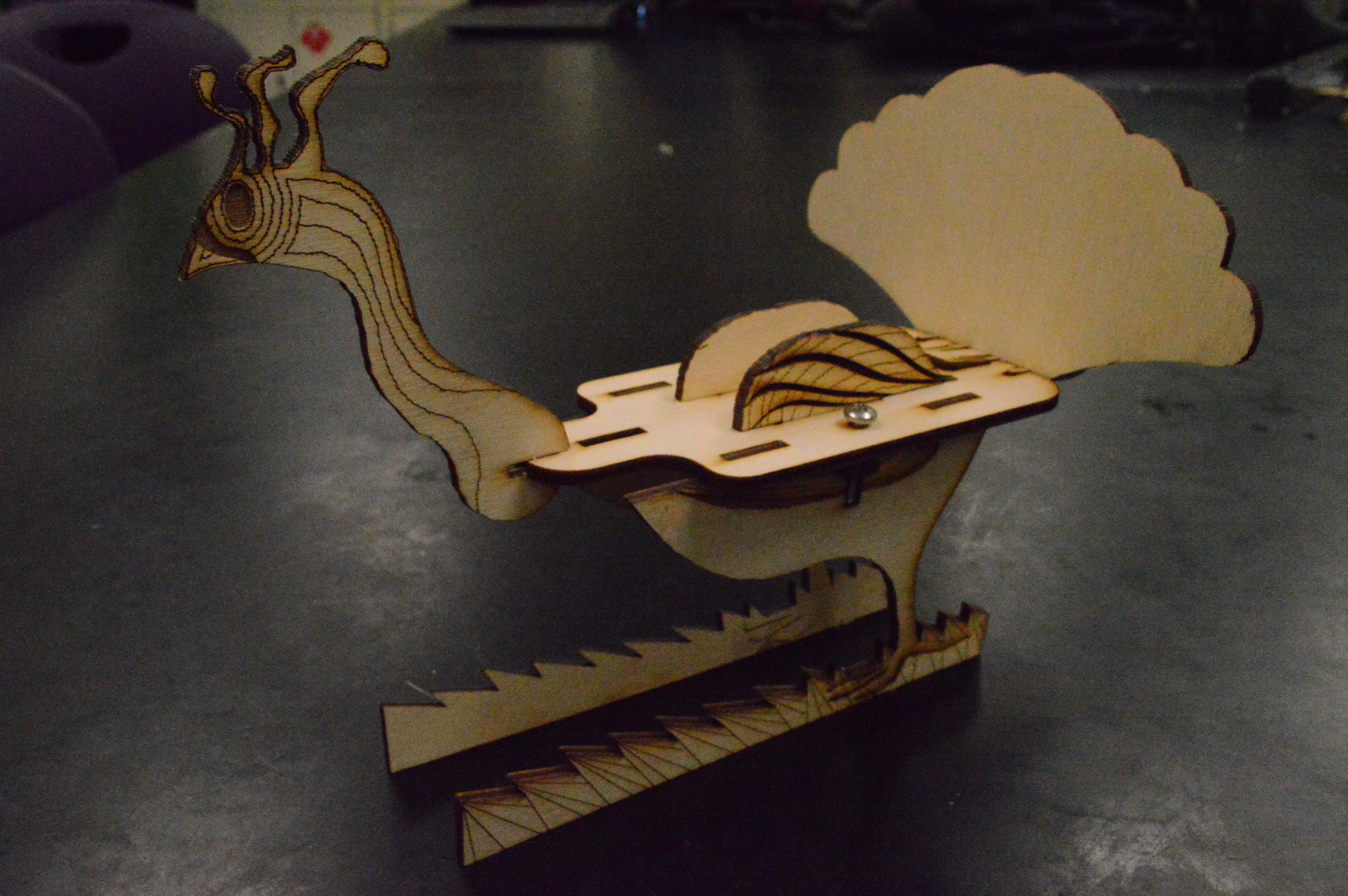
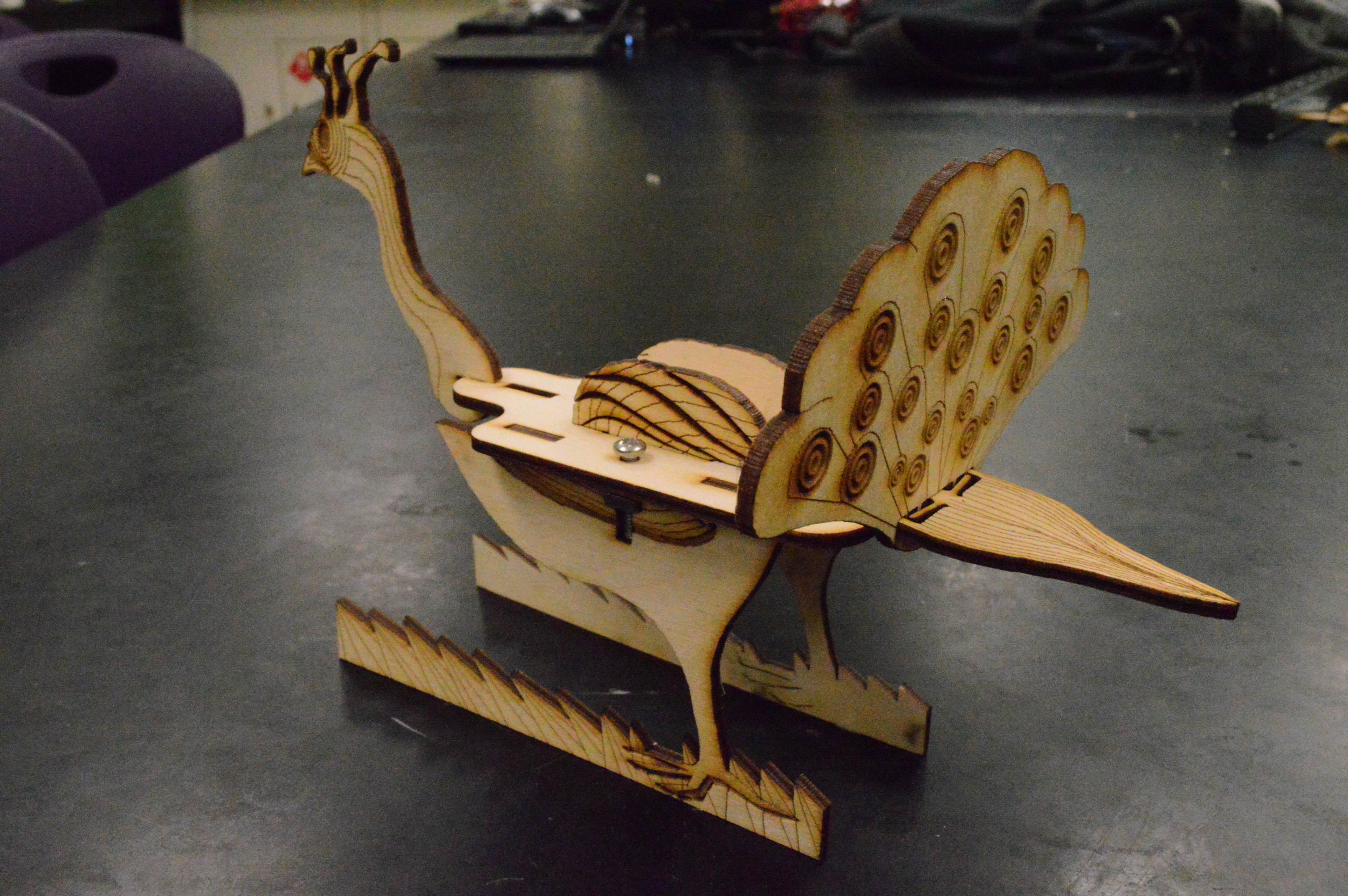
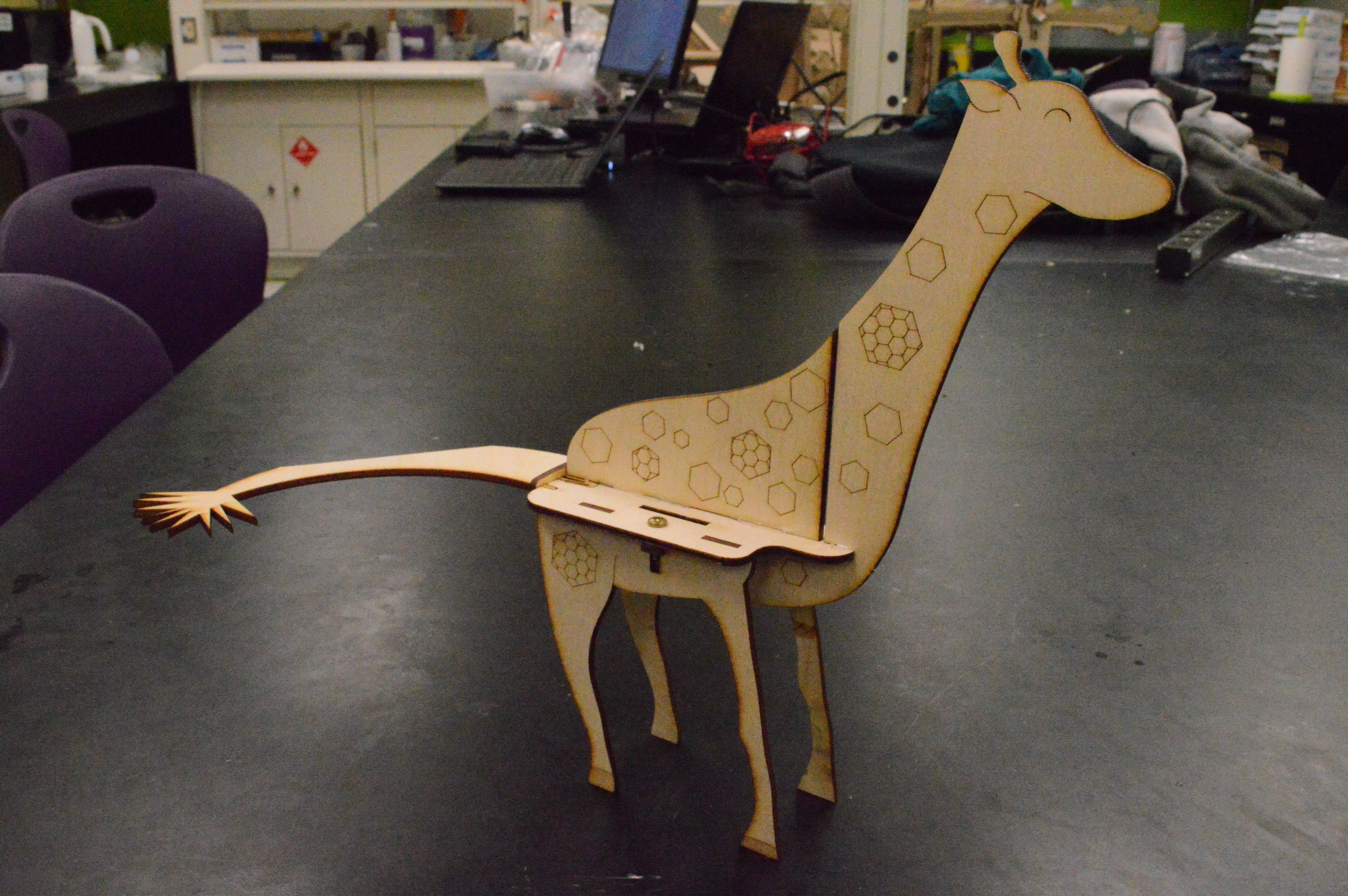

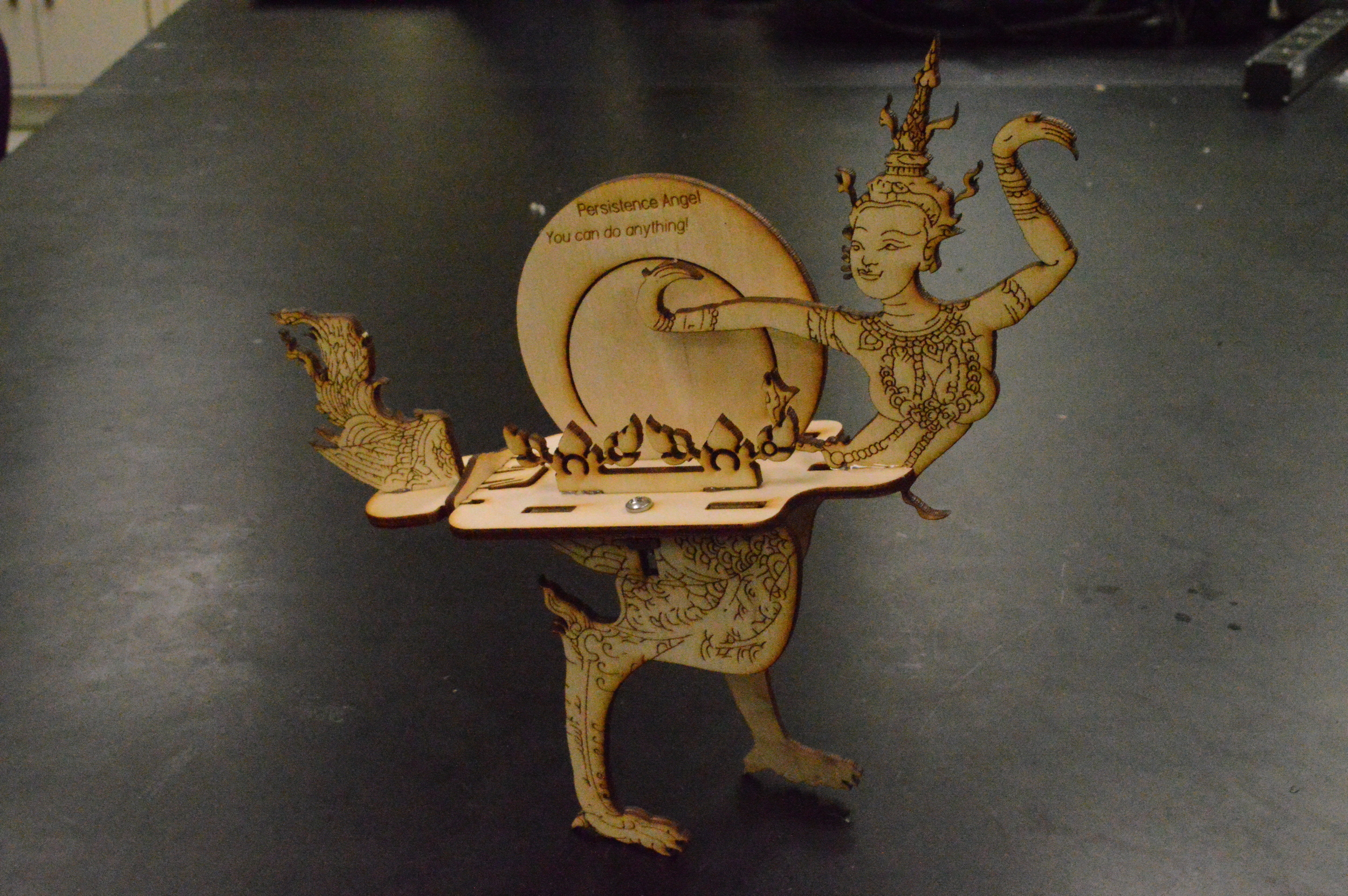


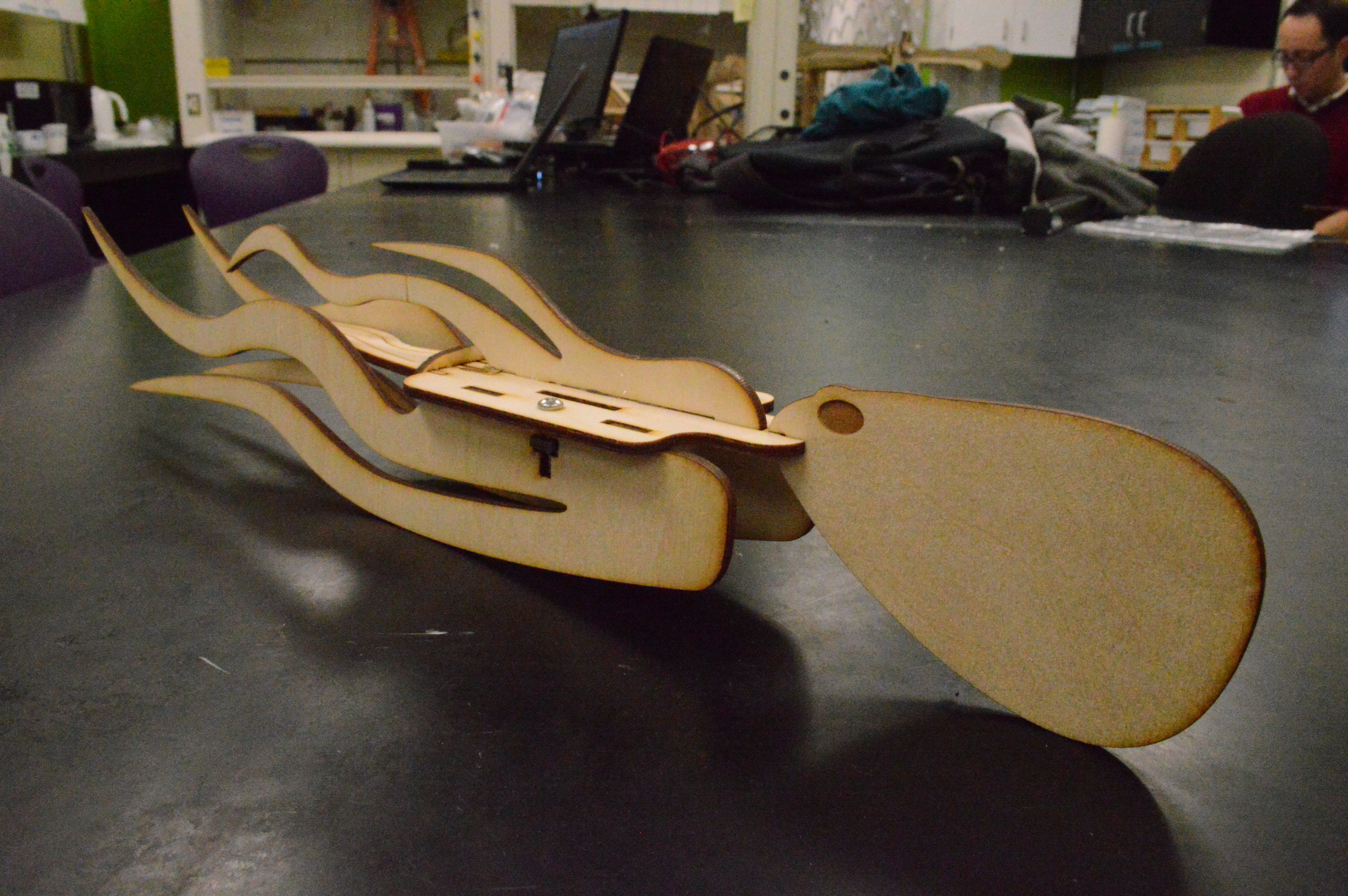

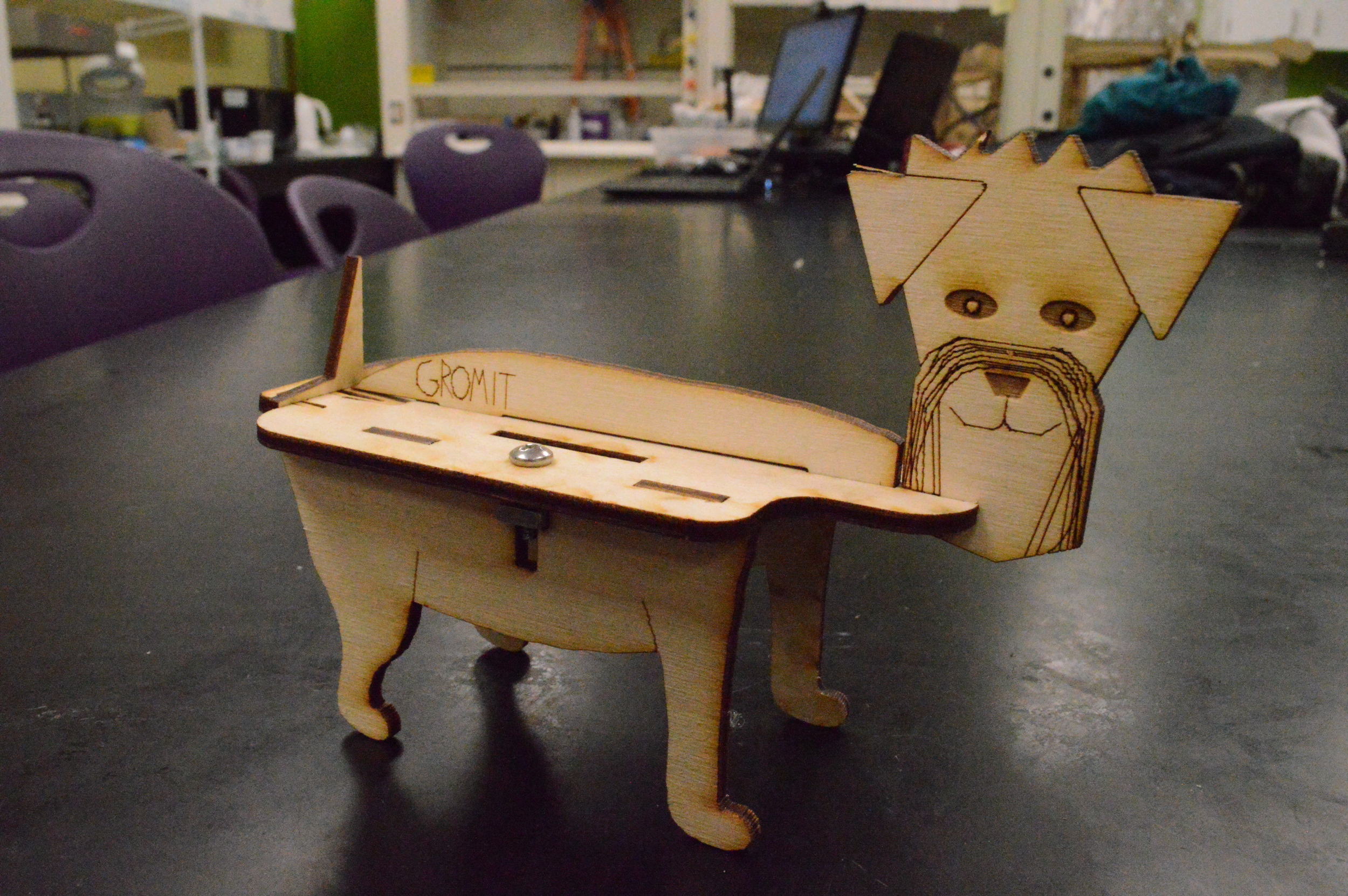
Omni-Animal
The Omni-Animal is an exercise in which students learn vector graphics / CAD programs, over six laser cutting techniques, and develop spatial reasoning skills. Not only have I taken over 200 students through the exercise, but I get an e-mail every month about an educator using it for their class.
The Omni-Animal exhibits fundamental educational design principles:
-Relevant: Nothing is prescribed except the techniques. Students are encouraged to build whatever resonates with them. They are allowed to put themselves into their project.
-Low Floor / High Ceiling: It is easy for students to start, and they can take it as far as they want. They are not limited by the project's goal.
-Scaffolded: Each next step is more difficult than the last, but each step prepares the student for what is to come next. Students can comfortably exit at any time.
-Transparent: The laser cutter, in terms of actual use, is a relatively transparent tool: you draw a line, it cuts a line.





Two Masses and a Pulley Module
Available physics educational tools are prohibitively expensive, which is why a sizable portion of physics teachers end up building their own out of 2' x 4's in their garage. The current PASCO variant of the TMP costs ~$270 and, considering some public school physics teachers in California have an annual budget of $200, these tools are just not economically accessible. Enter the Two Masses and Pulley module.
The TMP Module is an inexpensive, open-source educational tool for high school physics classrooms that covers 4 principles in depth: Inclined Planes, Friction, Pulleys, Weight Misconception; and 2 others in not as much depth: Tension and Newton’s Second Law. It can be utilized as a front of class demonstration or in small student groups. The current prototype (not depicted in the video) costs ~$1.50 in material and 30 minutes on a laser cutter and, because it is open-source, teachers with access to laser cutters can cut out their very own for free.
The TMP is currently in over 25 different schools.




Bell Labs Wave Machine
The current PASCO Bell Labs Wave machine costs ~$780 and, considering some public school physics teachers in California have an annual budget of $200, these tools are just not economically accessible.
I designed the wave machine as a low cost, open source alternative. The current prototype costs $10 in plywood, $5 for the polybutrate 90°-channel I utilized as an axle, and ~2 hours on the laser cutter.






U-Box
The U-Box is an open source and modifiable laser cut box that can be assembled with no fasteners and no adhesives by utilizing a universal snap fit that is independent of variable material thickness and laser kerf. Because of the universal snap fit, the box can be cut on any laser cutter anywhere in the world. The box has 4 different versions, and was designed for both transparency and portability.
The U-Box is in ~300 classrooms/FabLabs in the world


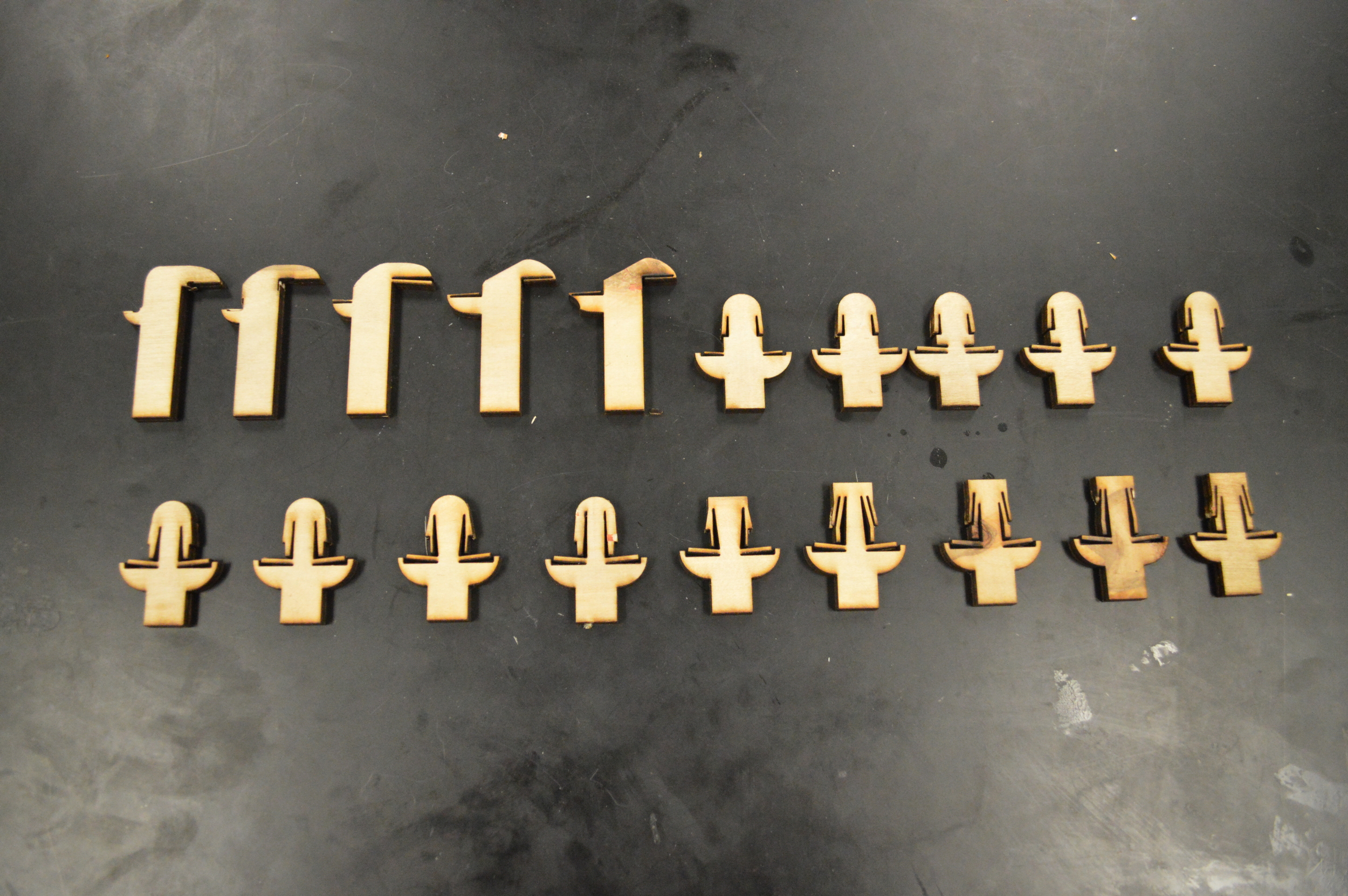
Universal Snap-Fit
Laser cut press fit designs are dependent on laser kerf and material tolerances, and both are highly variable. Likewise, fasteners cost money, and adhesives are lame. These design constraints made it difficult to create open-source designs that I felt comfortable disseminating.
So I designed a laser cuttable universal snap fit. The USF has been cut out in Denmark, Thailand, Russia, and many schools in the US.





DIY Legos
DIY LEGOs was designed in conjunction with the CCL of Northwestern University.
